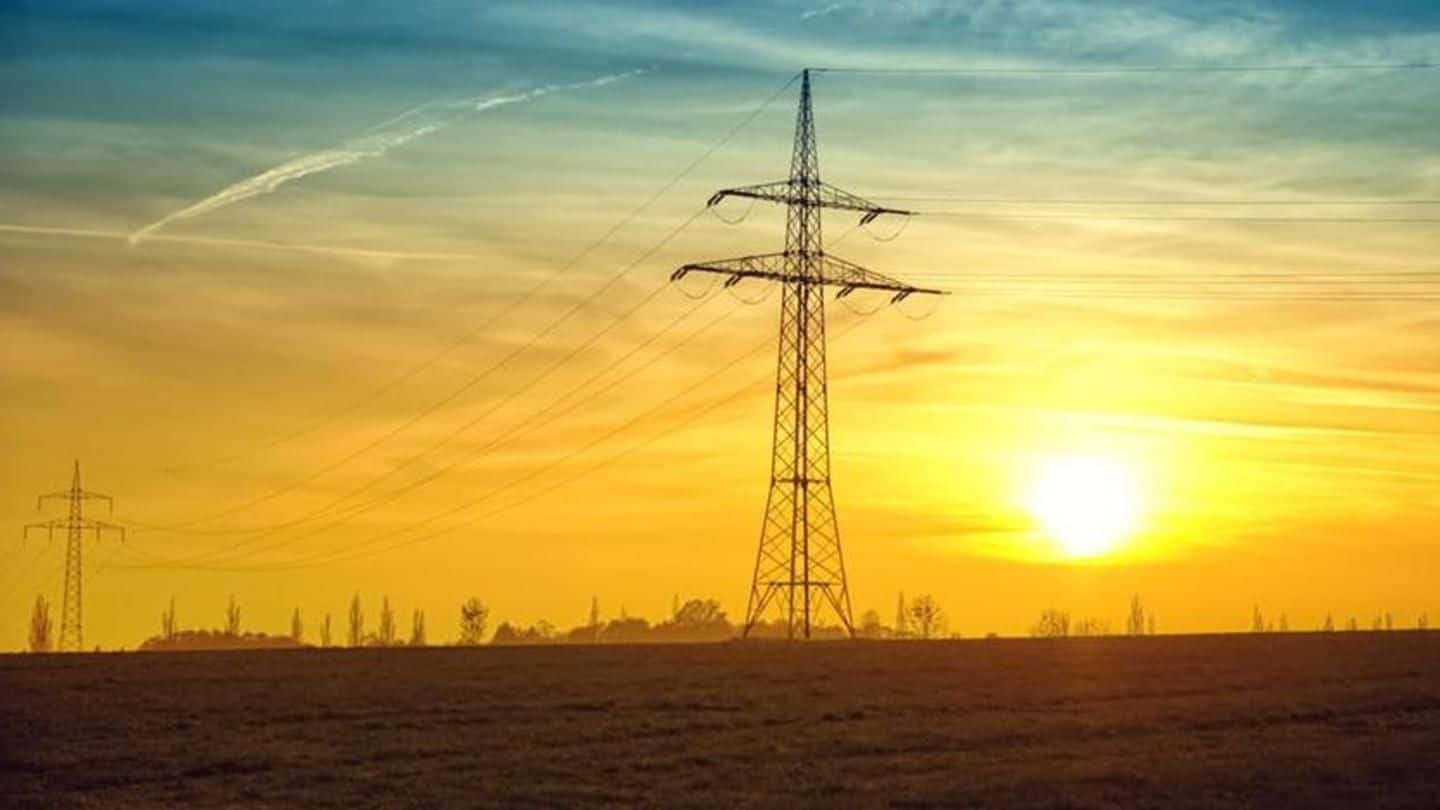
Manipur's Leisang becomes the last Indian village to get electricity
What's the story
All of India's 597,464 census villages now have access to electricity, claims government data.
On Saturday, Manipur's Leisang became the last Indian village to be brought on the national power grid.
It's a major feat for the NDA government, considering 19,727 villages didn't have electricity access when it launched its rural electrification scheme Deen Dayal Upadhyaya Gram Jyoti Yojana (DDUGY) in 2015.
About
Deen Dayal Upadhyaya Gram Jyoti Yojana
In his 2015 Independence Day speech, PM Modi promised to electrify all Indian villages within 1000 days.
Rs. 75,893 crore were allotted for the DDUGJY, Modi's tool to achieve universal electricity access and improve India's per capita power consumption.
Apart from village electrification, the scheme has also been working on feeder separation, bolstering the sub-transmission/distribution network, metering, and installing micro grid/off grid distribution network.
Reality
But not every household in every village has electricity access
However, the claim that every Indian village now has electricity is exaggerated.
In India, a village is considered electrified if its public institutions such as schools, panchayat offices, dispensaries, and 10% households can access power.
As of Thursday, less than 8% of the newly-electrified villages had all houses electrified, claims government data. This means about 32 million homes are still in the dark.
Reasons
Not just connectivity, India needs continuous and good-quality power supply
"Such vague definitions only create a false sense of achievement and take us further away from the ground reality of duration and quality of supply in these areas," Vivek Sharma, director at Gurugram's CRISIL Infrastructure Advisory, told Bloomberg.
"It's not simple connectivity that triggers economic activity. It is continuous and good quality power supply that does it," he added.
Way forward
'Saubhagya' to help achieve the dream
Though electricity has reached all Indian villages, 100% rural electrification still remains a distant dream.
The government plans to achieve it by March 2019 by providing electricity to 40 million rural/urban families under the Pradhan Mantri Sahaj Bijli Har Ghar Yojana (Saubhagya).
The scheme will also fund last-mile connectivity costs for willing households, aims to cut down fossil-fuel imports and bolster underutilized power plants.